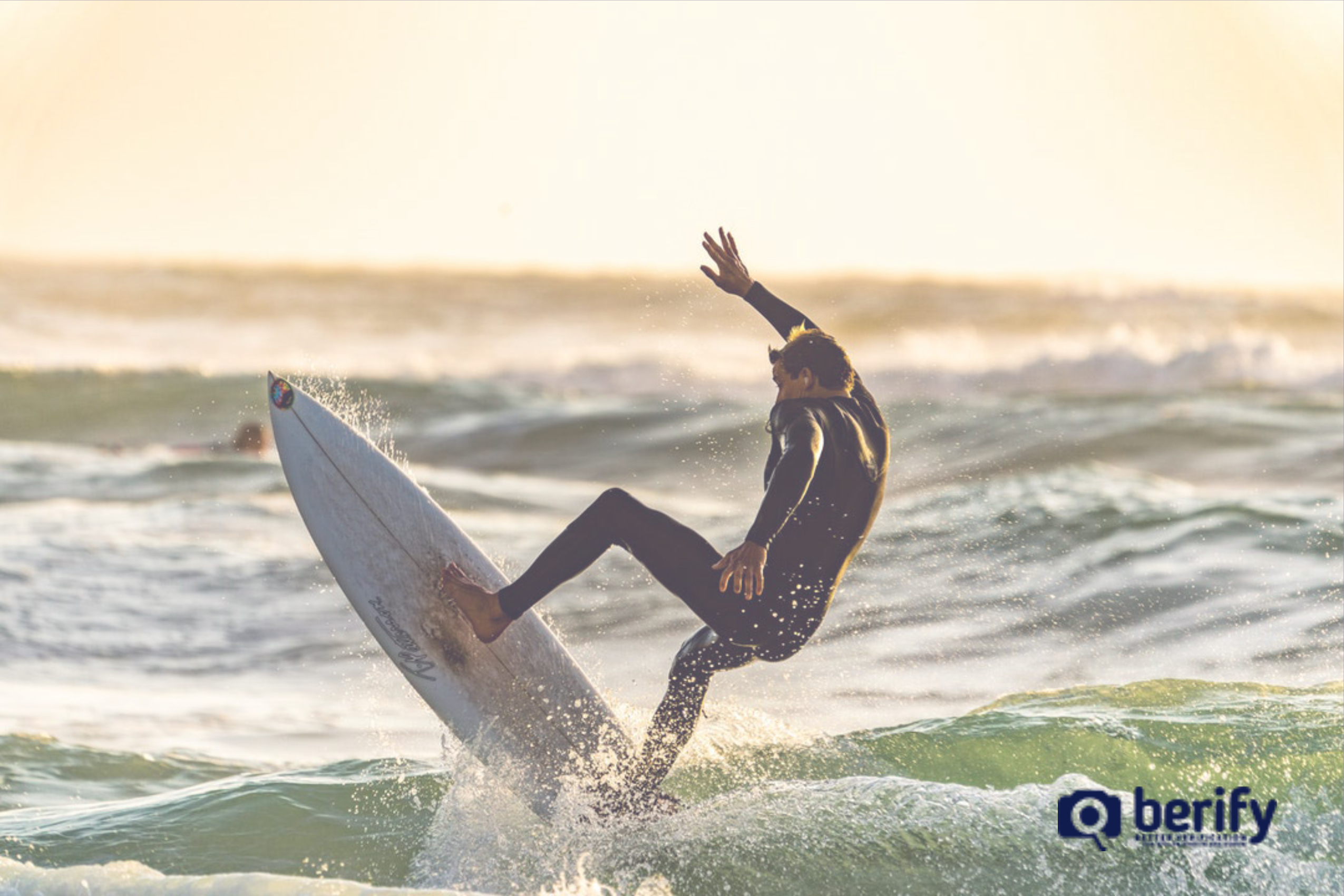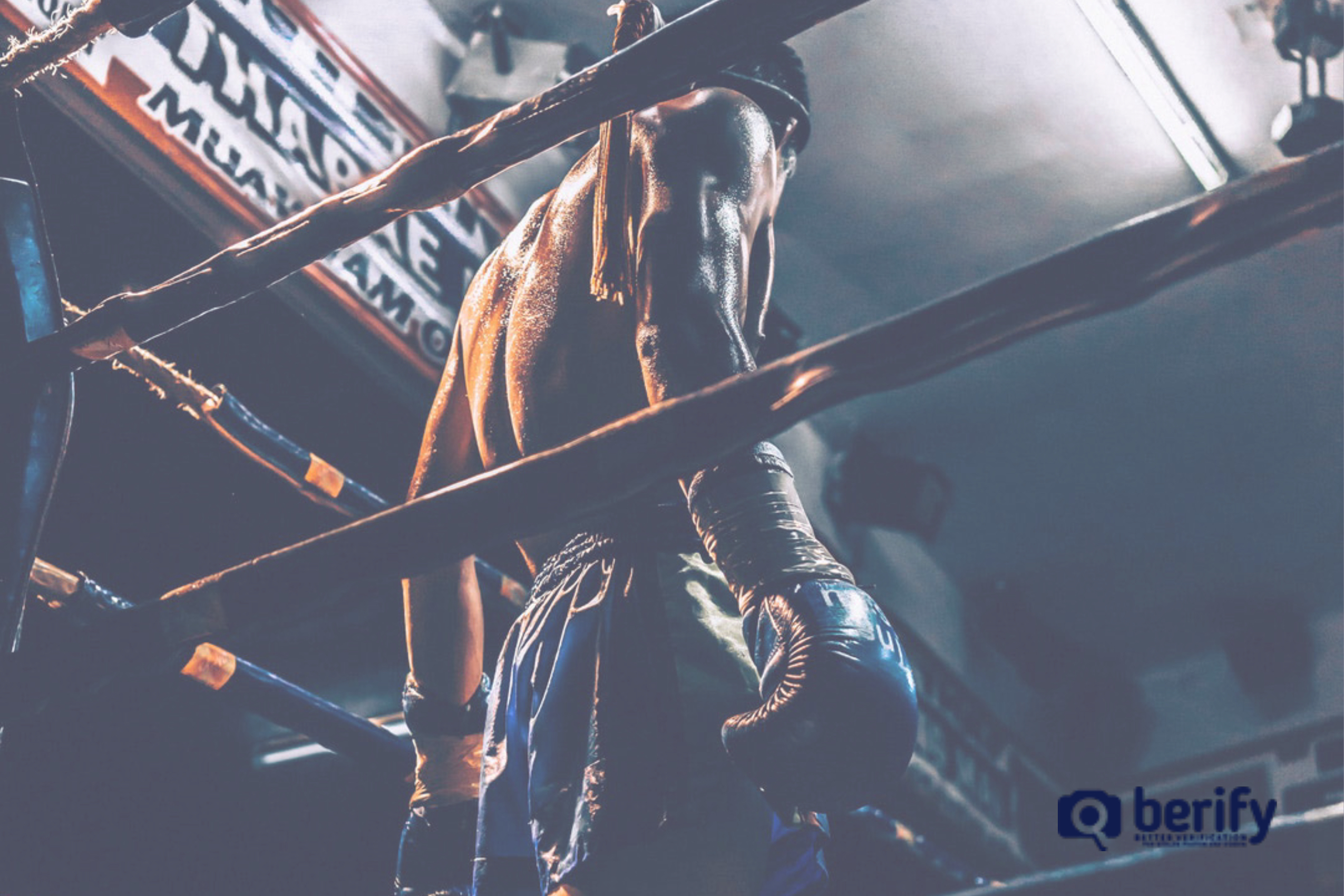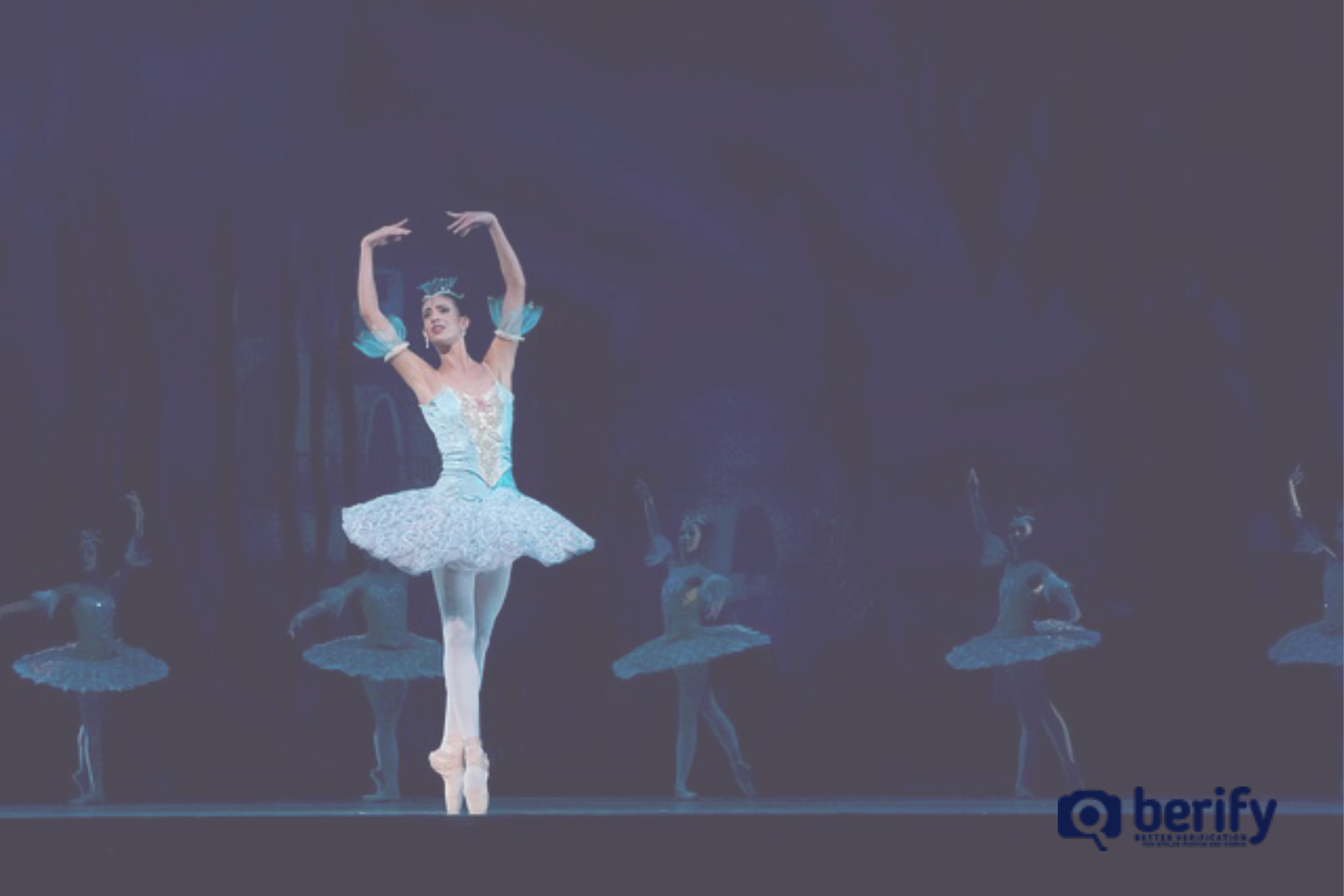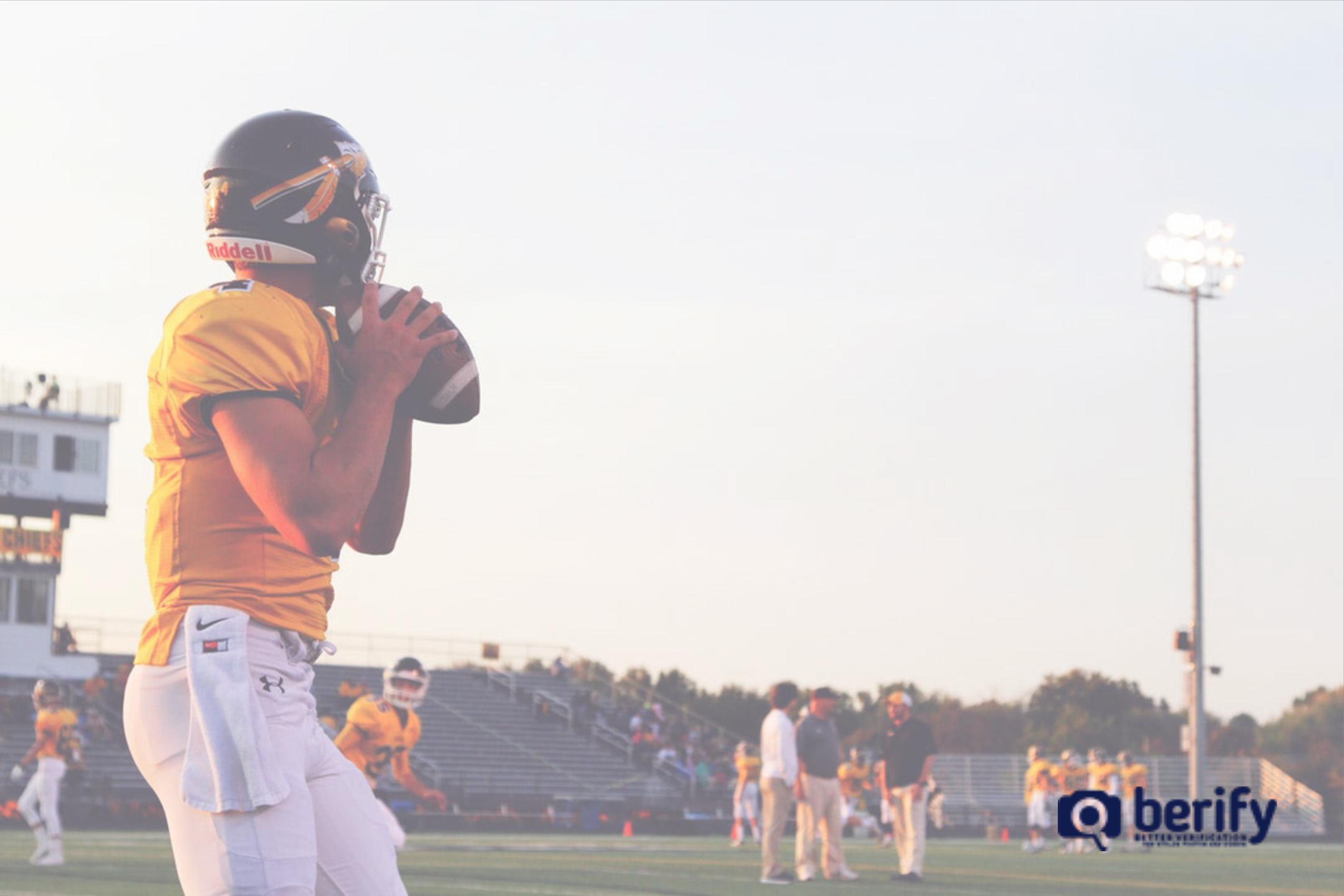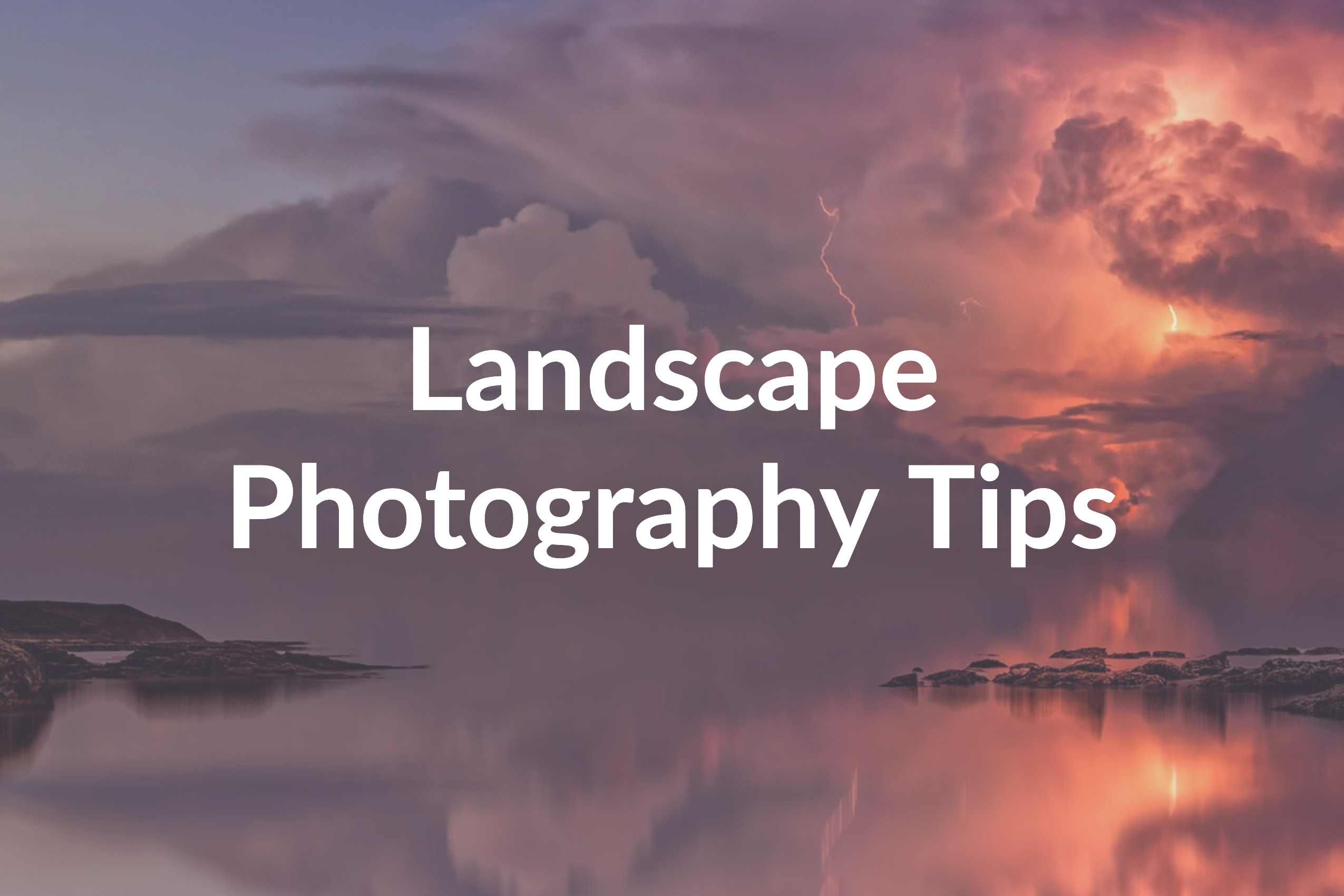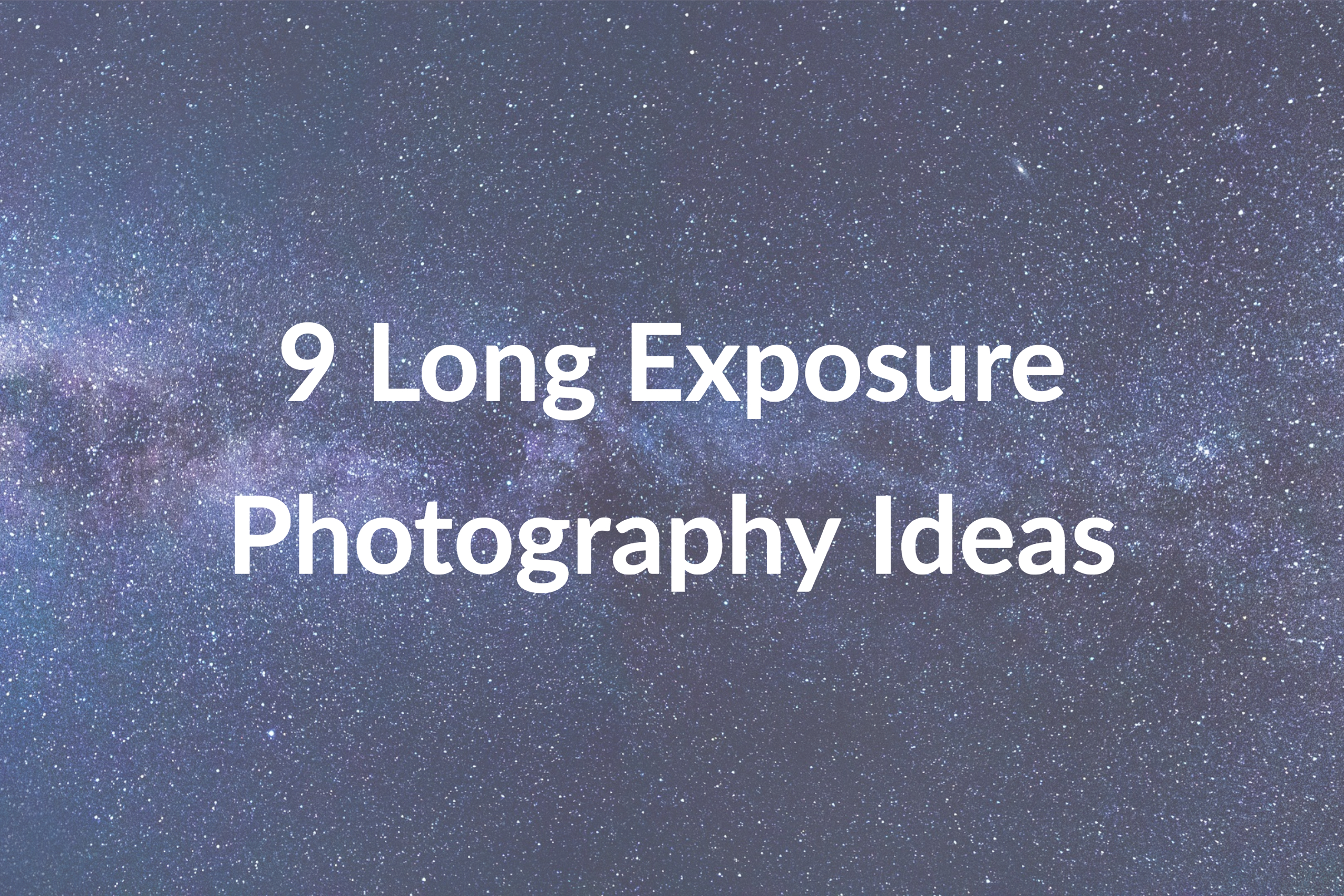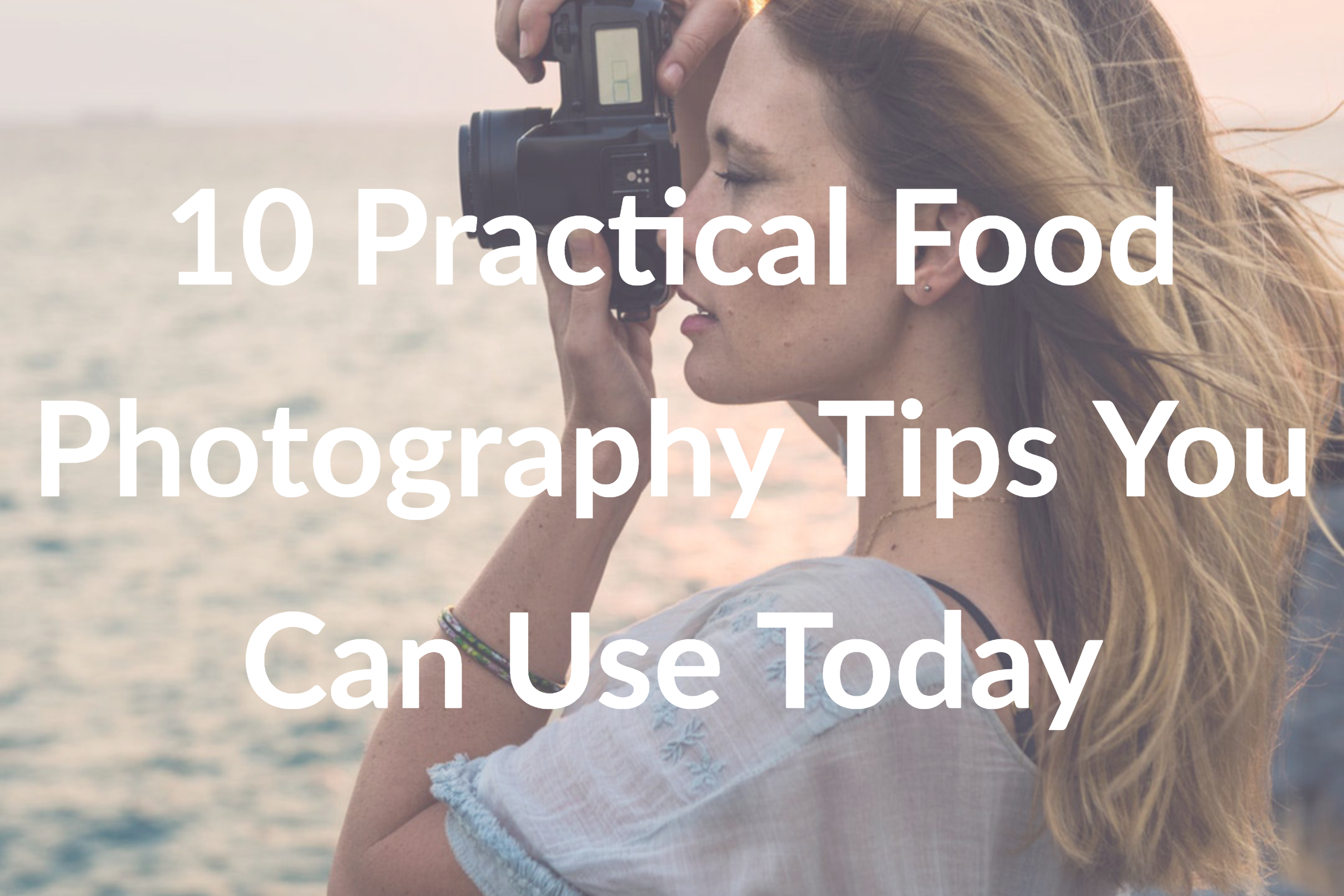10 Practical Sports Photography Tips to Use Today
Sports photography is defined as the genre of photography that covers all types of sports. In the majority of cases, professional sports photography is branch photojournalism. The main application of professional sports photography is for editorial purposes.
Dedicated sports photographers usually work for newspapers and sports magazines. Sports photography is also used for advertising purposes both to build a brand as well as to promote a sport in a way that cannot be done by editorial means.
Capturing the action of a thrilling sports event is an awesome feeling. So how do photographers get those shots we see in magazines? Read below for the top tips on improving your photography in the crazy world of sports.
10 Sports Photography Tips
First of all, you will need a digital SLR camera or a camera that allows you to set your shutter speed. Without this, you will probably not be able to capture the photos you desire.
Have a Lens or Zoom Range of at Least 200mm
A focal length greater than 200mm is a lot better as it will allow you to zoom in on the action and isolate a particular subject if desired. Two suggested lenses are the Nikkor AF-s DX18-300mmf/3.5-5.6 G ED VR or the Canon EF 100-300mm f/4.5- 5.6 USM.
Do Not Use Full Automatic Mode
This is a common mistake made by beginner sports photographers. To take you to the next level, you need to use a semi-manual mode.
Use a Fast Shutter Speed
In sports photography, it is critical to making sure the shutter speed is fast enough to capture the split second of quick moving athletes. Use a shutter speed of at least 1/500th of a second to freeze a moment. Do not go below 1/500th.
Use Aperture Priority Mode
The modes on a typical DSLR are Automatic, Program Automatic, Shutter Priority, Aperture Priority, and Manual. Displayed by the letter A on a Nikon camera and AV on a Canon, the aperture is our f/stop number, which determines how much light is taken into the camera’s sensor.
If you aren’t using a digital SLR camera, you don’t need to worry about setting an aperture, but slightly shutter speed. Many professionals for a sports photography use aperture priority mode. What we are looking at doing this mode is placing a considerable aperture, which is a small f-stop number, such as f/2.8 or f/4. This will ensure that the possible light is allowed in.
Watch Your ISO
Shutter speed is essential. To determine the correct exposure, we use three components, aperture, shutter speed, and ISO. When shooting in a semimanual mode such as aperture priority or shutter priority we need to set the ISO keeping the location, time and conditions of the event you are photographing in mind.
On a bright, sunny day, use a low ISO of 400 would be perfect as there is plenty of natural light fo the camera to use. If it is a dull overcast day, there is not as much light available for the camera. On a darker day, you need to increase the ISO to 800-1200 mark.
Use Shutter Priority Mode If Aperture Priority Isn’t Available
This setting is best used for non-SLR photographers who only have a camera that enables shutter speed settings. If you don’t own an SLR, you can still capture some great action shots. Using shutter priority mode allows us to tell the camera exactly what speed we would like the shutter to be.
The camera will then automatically decide on what aperture to use. As previously stated, you need at least 1/500th of a second. You should take test shots when setting your shutter speed manually to make sure you are getting enough light into the camera based on the weather conditions.
Use a Fast Auto-Focus and Burst Mode
For the camera to capture the fast movements that occur in any sporting event, we want to set the camera to continually focus on the subjects rather than lock onto one spot. You must also set the camera to take multiple images. Always set to the maximum frames per second to increase your chances of capturing the perfect shot.
Position Yourself Correctly and Know Your Spot
Your best option is to position yourself with the sun behind your back. This way a lot of light is hitting your subject in the field of play. It is also helpful to know the sport you are photographing as it helps if you can anticipate where the ball or action may be going to help get the best shots possible.
Take Lots and Lots of Photos
No matter what sport you are photographing, take as many photos as possible. Once you have the subject in the frame, you can half hold the shutter button to focus an then hold it down and fire away. It is not uncommon to finish a sports event with 2000 pictures.
Shoot from a Low Angle, Such as Your Knees and Use a Monopod
You can get a much more dramatic photo as well as letting in more of a transparent background from that angle. The lower perspective provides more depth, and it is a technique all photographers are doing.
Sports photography is one of the most challenging types of shoot, but there is nothing better than the feeling of capturing the perfect shot. Hopefully, these tips will help you to keep improving and nailing that perfect shot! Remember, Berify is an excellent resource for revere image search to ensure that no one is stealing your hard work and perfect action shot.
